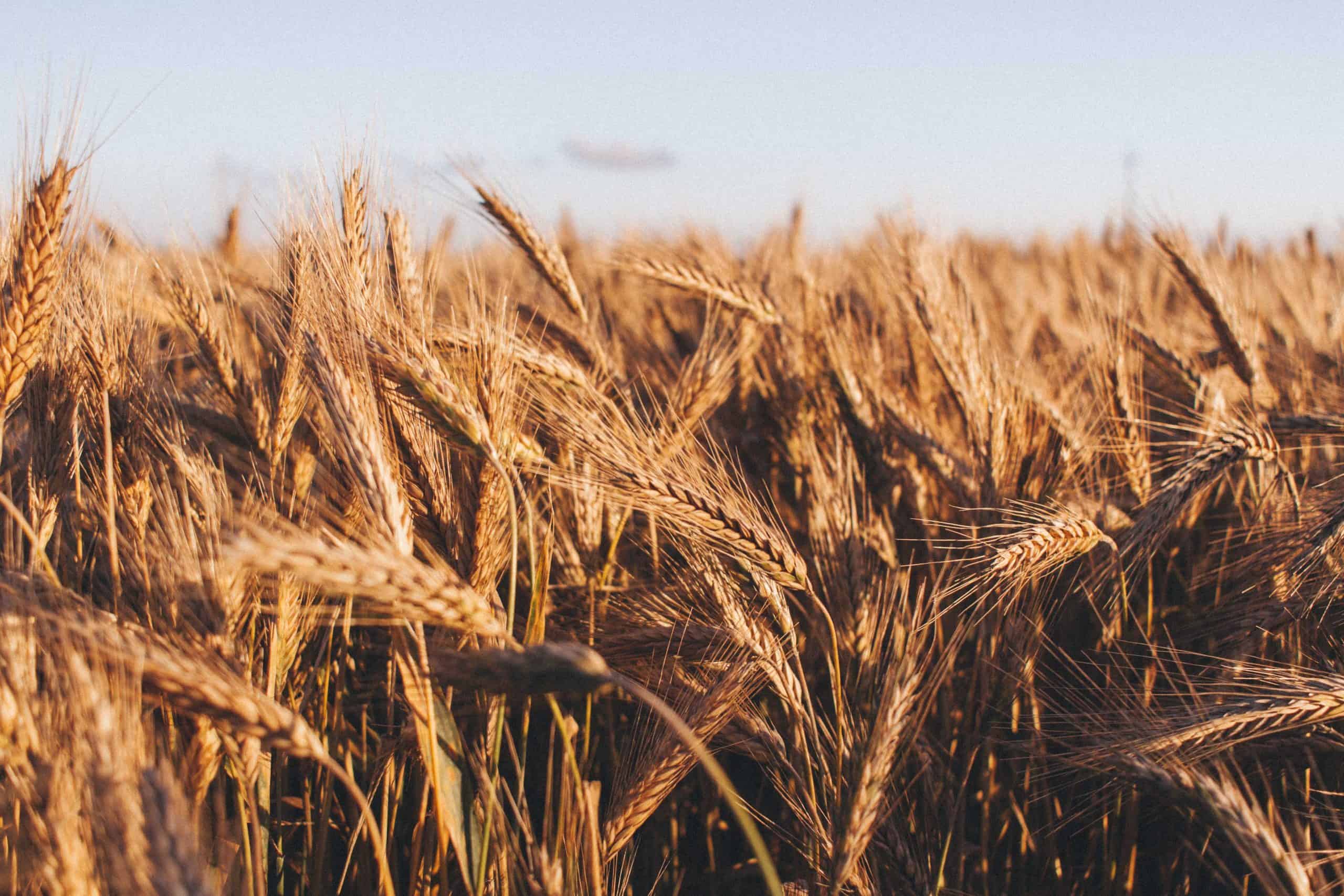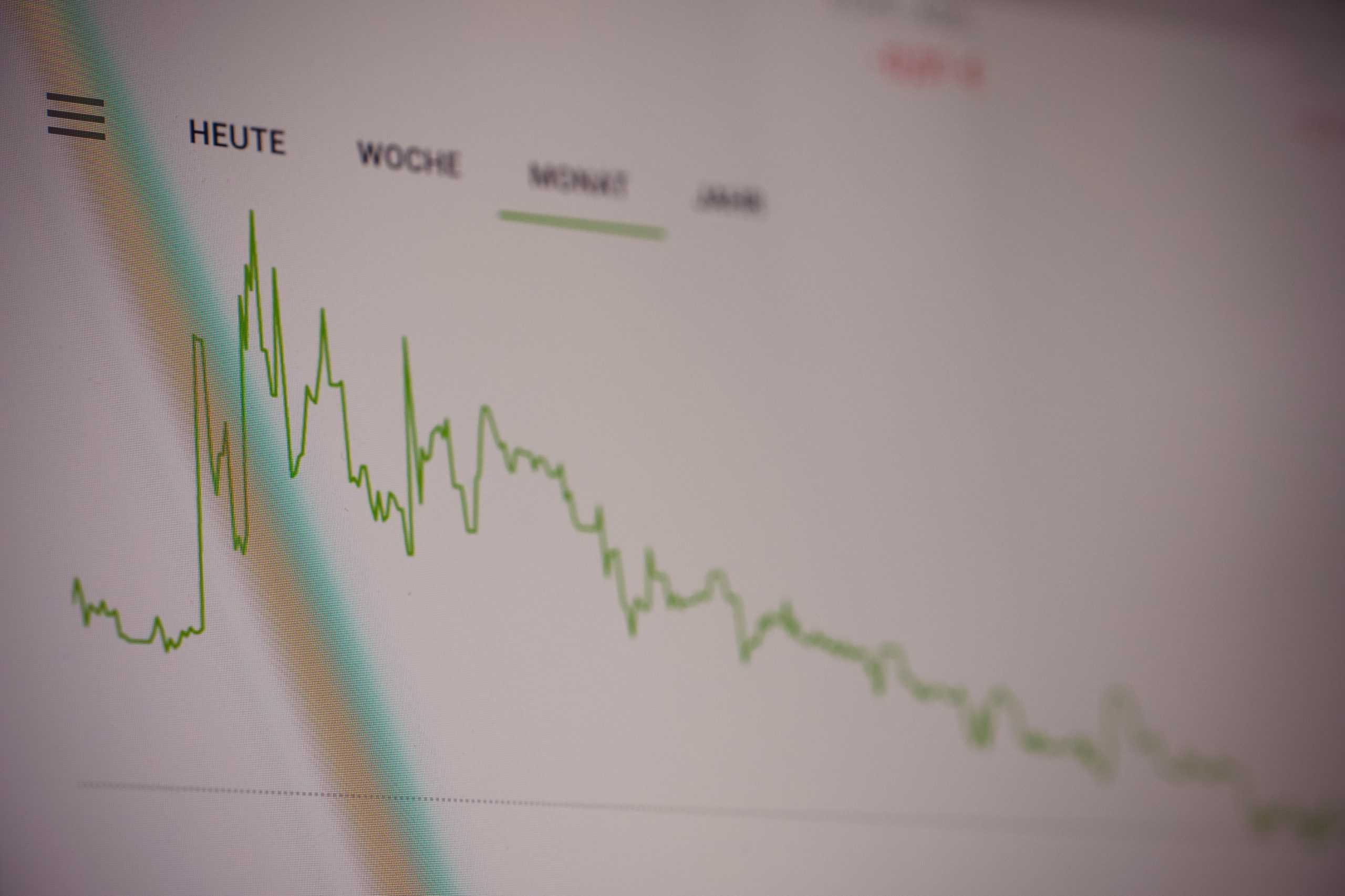Hedging Against Wheat Price Volatility with Options
In the dynamic world of commodities, wheat holds a prime spot. As a staple food for a significant portion of the global population, its price can have rippling effects on everything from local economies to dinner tables. With such prominence comes inevitable price volatility. Fortunately, for those in the wheat trade or those investing in related ventures, options offer a protective strategy: hedging. Let’s explore the ins and outs of hedging against wheat price volatility using options.

Why Hedge with Options?
Options are financial instruments that provide the holder with the right, but do not oblige them to buy or sell a base asset (in this case, wheat) at a set price within a certain timeframe. Here’s why they are an invaluable tool for hedging:
- Risk management: Options can limit potential losses by setting a predetermined maximum loss.
- Flexibility: Unlike futures contracts, options don’t bind you to buy or sell. You have the right, but you are not obliged to do so.
- Cost-effective: Buying an option usually requires less capital than purchasing the actual commodity.
Understanding Call and Put Options
Before you learn option selling strategies, it’s vital to grasp the basics of the two primary types of options:
- Call options: These grant the holder the right to purchase wheat at a set price. Typically, you’d buy a call option if you anticipated a rise in wheat prices.
- Put options: These give the holder the right to sell wheat at a fixed rate. If you’re expecting a drop in wheat prices, purchasing a put option is a wise move.
The Hedging Process
Using options for hedging involves several steps:
Identifying Exposure
First, ascertain the degree of exposure. How much of your business or investments could suffer if wheat prices go south? Quantifying this can help you determine how many options contract you need to hedge effectively. Look at current news, like spring wheat crop conditions.
Choosing the Right Option
After identifying exposure, it’s essential to select the right type of option. If you’re a wheat farmer expecting prices to fall before harvest, a put option can be your safety net, ensuring you a minimum selling price. On the other hand, if you are a bread manufacturer concerned about rising wheat prices, a call option can lock in a maximum buying price for future purchases.
Regular Monitoring
Hedging isn’t a ‘set it and forget it’ strategy. Regularly monitor both the wheat market and the specifics of your options contracts. This practice ensures that your hedging remains effective, and you can make timely decisions, like rolling over an option.

The Potential Downsides
No strategy is without its pitfalls. Hedging with options means you pay a premium, which can eat into potential profits. What’s more, if wheat prices remain stable, you might end up paying for an unnecessary hedge. It’s always essential to weigh the costs against the potential benefits.
While the ebb and flow of commodities like wheat are inevitable, being unprepared isn’t. Options offer a strategic way for various stakeholders, from farmers to manufacturers, to hedge against the unpredictability of wheat prices.
- How to Boost Your Casino Site’s Visibility with SEO - July 18, 2025
- What Makes Onboarding Workflow Software Effective for New Hire Processes? - February 11, 2025
- The Best Tools for SEO Analysis and Optimization - July 31, 2024
Where Should We Send
Your WordPress Deals & Discounts?
Subscribe to Our Newsletter and Get Your First Deal Delivered Instant to Your Email Inbox.



